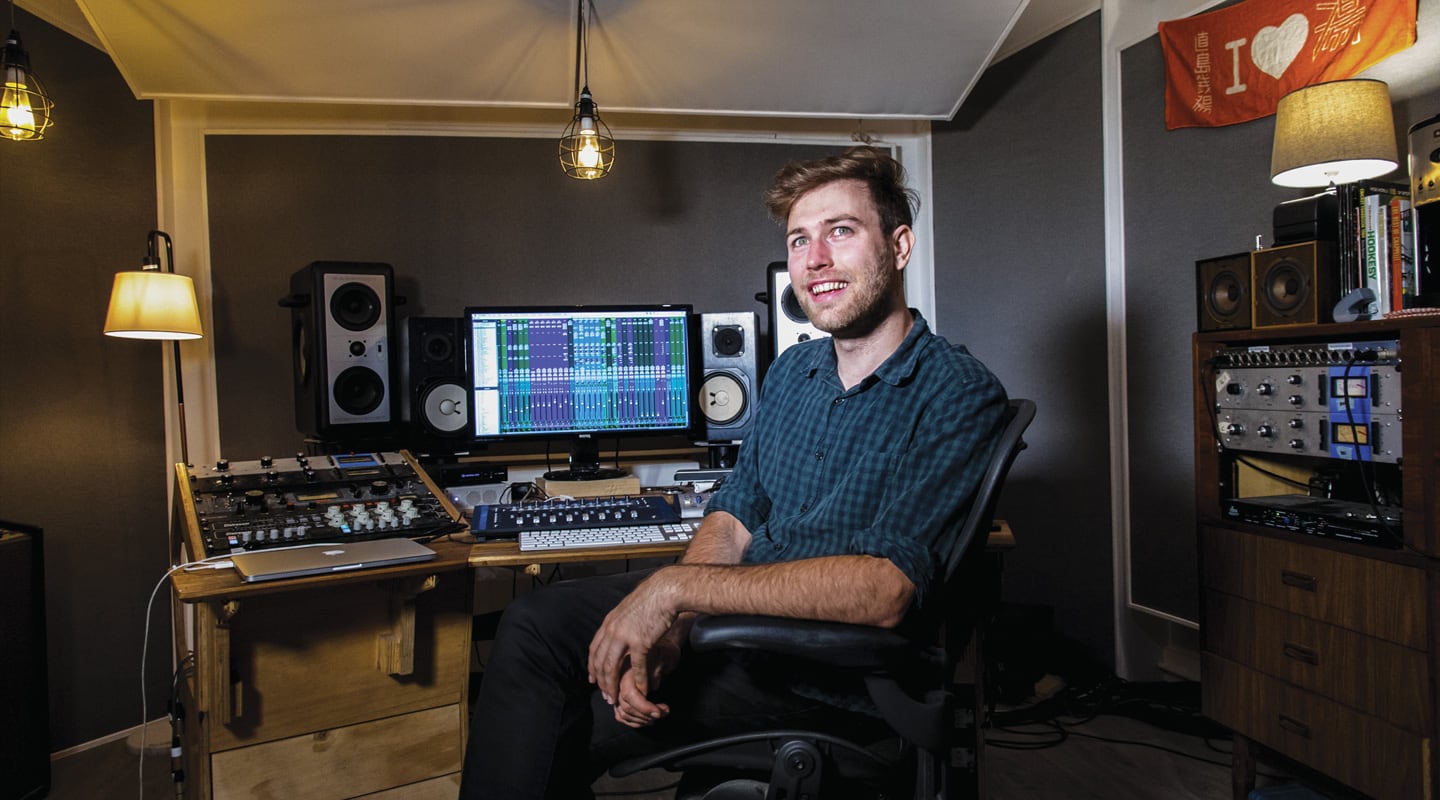
Mixer Profile: Tristan Hoogland
When Sing Sing marched its gear South, resident engineer/producer Tristan Hoogland established a new position at Fall Back Studios. From his new custom-built mix room, he shares steps to enhance your indie synth pop mix.
When the main Sing Sing studio in Cremorne shut down and Kaj and Jude squeezed the biggest and best pieces of its inventory into the smaller Sing Sing South, there wasn’t a whole lot of space left for engineer/producer Tristan Hoogland. He and Aaron Dobos had been sharing a makeshift production/mixing space there, and they figured it was the right time to look for a new place to work.
“We were looking for months, and it was really hard to find anything around that was decent,” said Hoogland. Eventually they happened on to their dream scenario, Fall Back Studios, an up-and-coming spot in Ascot Vale owned by Daniel Neidermeyer and built by he and his musician brother Stefan.
Fall Back is a new co-share studio facility with custom-built studio pods dotting both floors. Each pod is slightly different, reflecting the needs of each long-term tenant. For Dobos and Hoogland, that meant a dedicated mixing space, with enough room to record vocals and guitars. Acoustic consultants Marshall Day helped design the pods, which — with their angled noses — look like virtual reality starship cockpits dotted around the building.
The arrangement at Fall Back is very rare, Dan was footing the bill, but allowed Hoogland and Dobos to specify exactly what they wanted from the build. Hoogland had been involved in a few studio builds up in Brisbane, and learnt a lot from the Queensland University of Technology’s Gasworks studio build, which paid dividends at Fall Back. “I was employed as a technician there and learnt the ropes by watching people,” said Hoogland. “When I came here, I helped Dan choose the right materials. All the structure and logistics, Dan is across because he also owns Sideways Studios, which is a rehearsal space and small recording studio.”
The arrangement between Dobos and Hoogland is pretty flexible. “We basically halve the month. It works out pretty well because most of my work is mixing, whereas Aaron does about 50-60% recording.”
Though he still mixes the occasional indie band like a Fountaineer record that Matt Neighbour produced, Hoogland’s clientele has shifted more towards electronic music, specifically synth pop artists like Woodes, Golden Vessel, and Huntly. Hoogland says it’s a completely different experience to the over-the-shoulder preciousness of young rock musicians new to the mixing process. Most of Hoogland’s clients are happy to let him get on with the job. “Most of it comes in over email, I would say 95% of the sessions I mix are unattended,” he said. “I have two clients who live around the corner from here, and they don’t even come down.” Hoogland puts it down to trust in the process, but also that most electronic musicians are comfortable with their listening environments at home: “Unlike bands, who might spend a lot of time in rehearsal rooms, and hearing live instruments in pre-production. For an electronic artist, the entire environment from writing to recording and mixing a song is coming out of the same speakers. They’re very used to that sound.”
Hoogland is a fan of his new working mode. “It’s better when they don’t attend, because there’s freedom to move around between projects, and try things you wouldn’t otherwise try. “On average, it might take me an hour to make my way through a list of requests. When they’re in the room, it could take three to four hours because they have to listen to the song over and over to make sure the 2dB bump is exactly what they wanted.”
When he’s behind closed doors, Hoogland isn’t afraid to roll his sleeves up and dig deep into a mix. He broke down four of the key points you should think about when mixing indie electronic music.

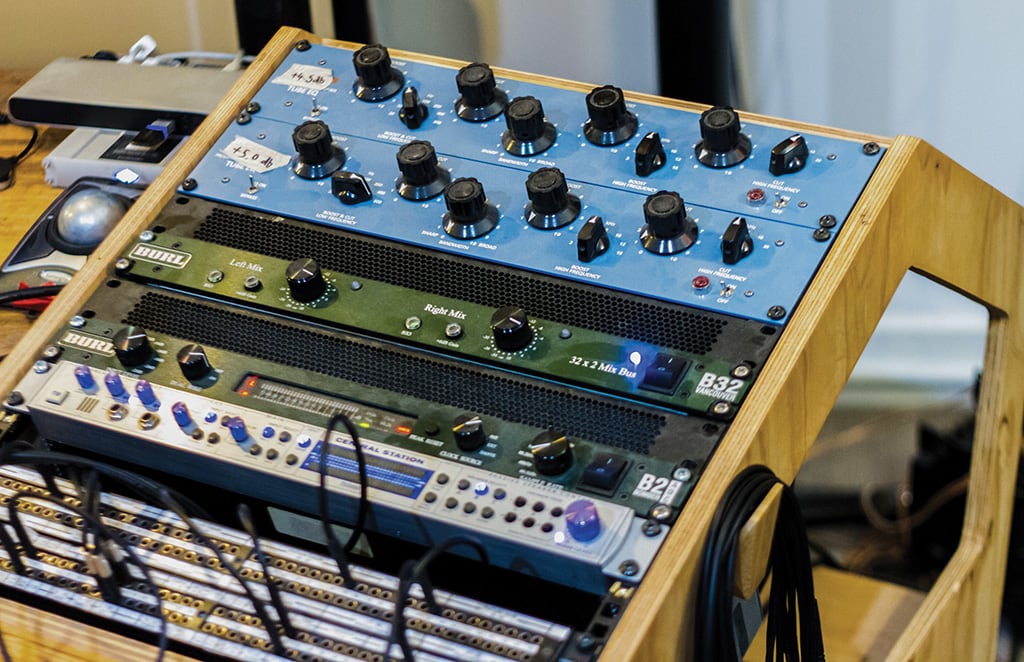






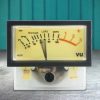









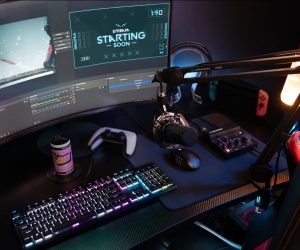








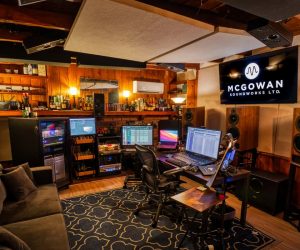
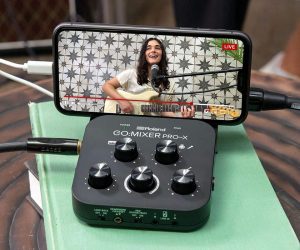


RESPONSES